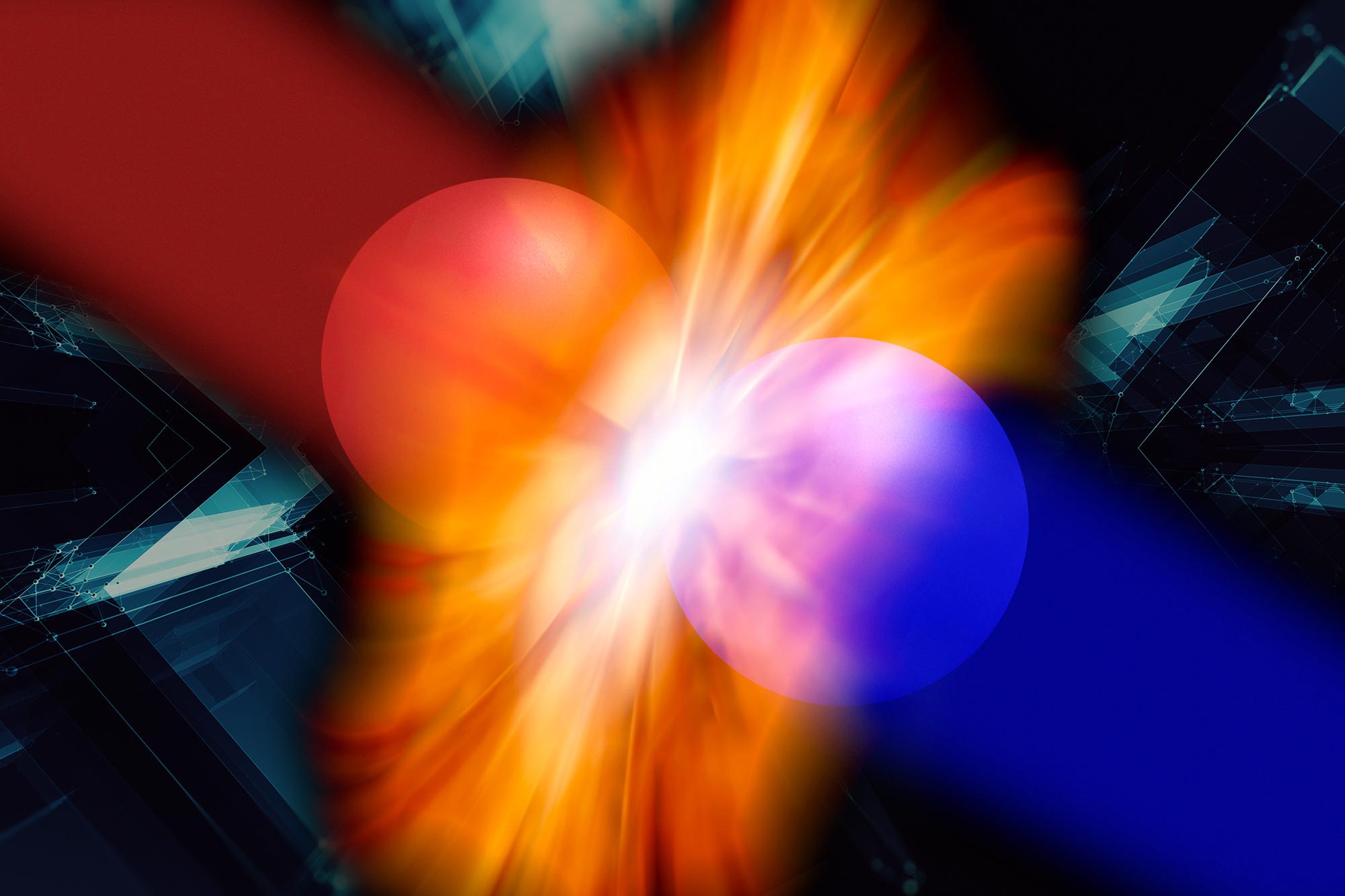Connect with us
Published
2 weeks agoon
By
admin
The LHCb collaboration at CERN has conducted highly precise measurements of two parameters related to CP violation (the asymmetry between matter and antimatter) in beauty meson decays, using data from the Large Hadron Collider’s second run. These findings align with Standard Model predictions, enhancing our understanding of the universe’s matter-antimatter imbalance, a mystery stemming from the Big Bang, which theoretically produced equal parts of both. Despite the weak force’s role in showcasing CP symmetry violation in quark-containing particles, existing asymmetries alone cannot account for this imbalance, prompting ongoing research for new insights.
The measurements focus on time-dependent CP violation, a phenomenon linked to quantum oscillations between particles and their antiparticles. These results are the most accurate to date for these parameters, echoing earlier work by the BaBar and Belle experiments. The LHCb’s findings are significant, as they refine our understanding of fundamental particle behaviors and their symmetries, according to spokesperson Chris Parkes. Upcoming data from the collider’s third run and its High-Luminosity upgrade promise further improvements in precision, potentially revealing new physics phenomena that could explain this cosmic mystery.


















